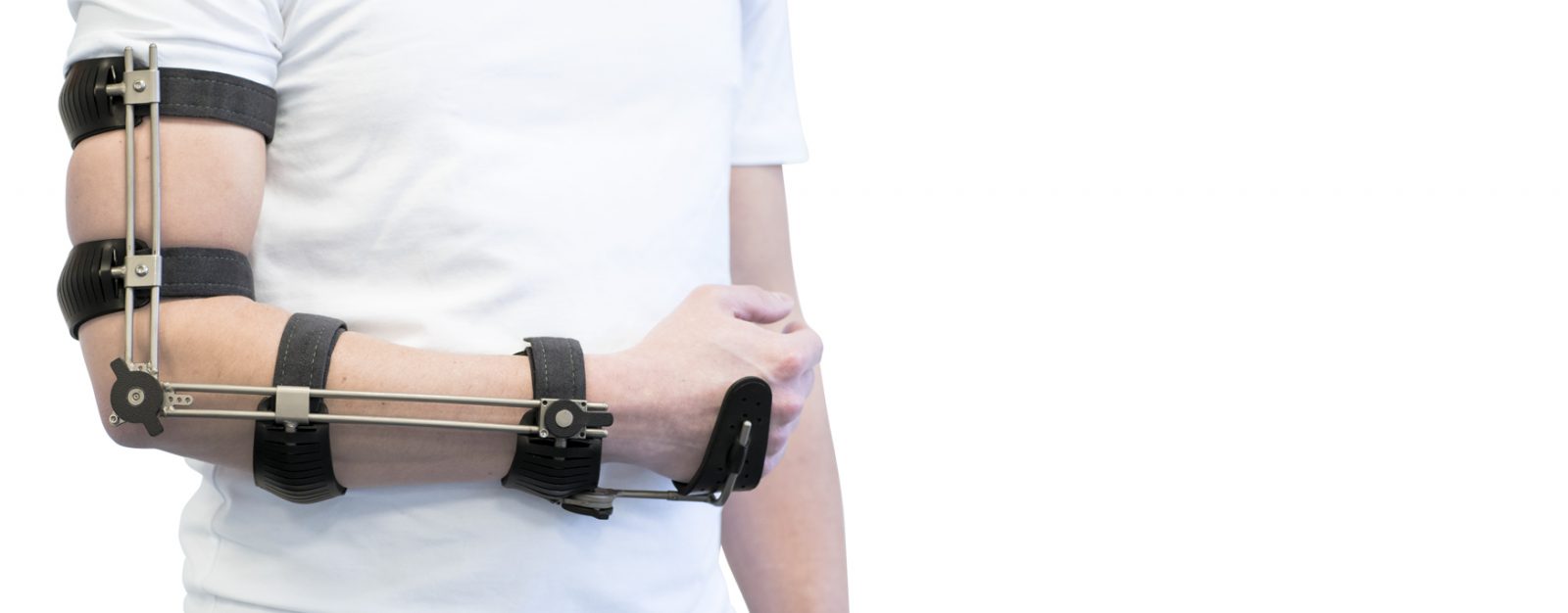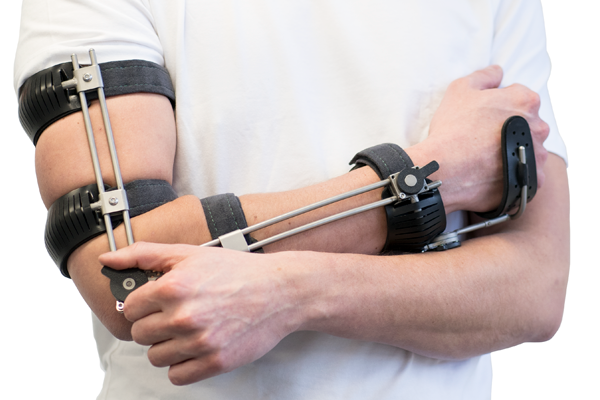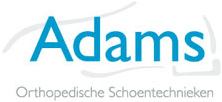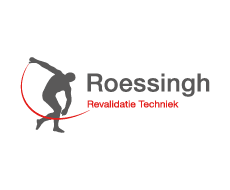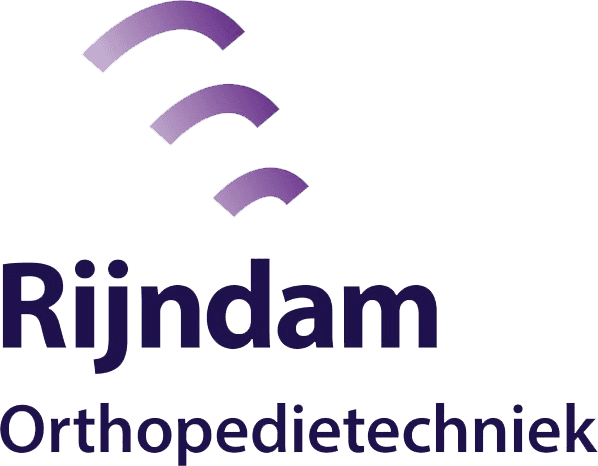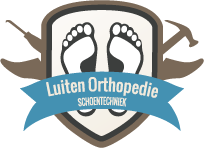How does an ATA work
Three positions
The basis of the ATA is an elbow hinge that can be set in three operation-modes. The first operation-mode is the free mode. In this setting the hinge allows free movement. In the second mode, the hinge is set to an adjustable resistance. This allows the user to individually set at which force the hinge starts to move. In this setting the user can, for example, move the elbow (by means of his other hand, or by residual function in his muscles) to a different position and rest there in that position. The third mode is the blocked mode. When the adjustable resistance is brought to the maximum, the elbow joint is completely locked. The arm can then remain at rest in the selected elbow position and withstand external forces, for instance by carrying small objects.
Wrist and hand support
The ATA can also be equipped with a wrist-hand unit. This unit has two degrees of freedom. The first is dorsal and palmar flexion (lifting or bending of the hand). This allows the hand to be lifted or bent. The second is pro- and supination (turning the hand in or out). With this the orientation of the hand can be changed. Both wrist hinges have the same three settings as the elbow hinge: completely free, adjustable resistance and completely blocked.
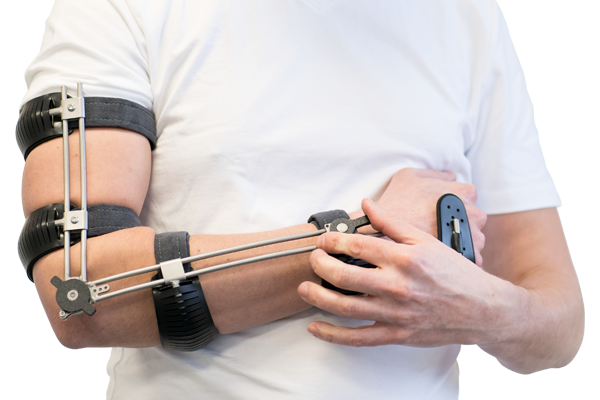
Pro- and supination unit
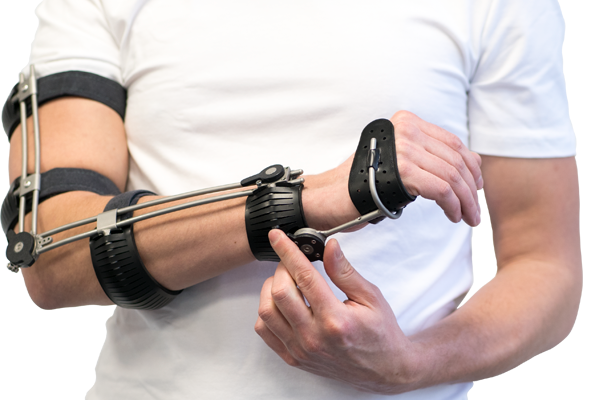
Dorsal- and palmarflexion unit
The hand in the right position
In this way the hand can be brought into the correct position and locked there. Depending on the residual function of thumb and fingers, the possibilities of carrying out a task with that hand can be increased, for example, by retaining, holding or carrying an object.
The hand can recover part of the function of the ‘non-dominant hand’. That is to carry, stabilize or hold back objects. You should, for example, think of holding the handle of the frying pan. For this the hand must be turned into pronation (palm down). If you can hold the frying pan like this, you can stir in the pan with your other (good or dominant) hand.
But for holding your mobile phone, that state of the hand is not at all ‘handy’. Then just a little more supination of the hand is preferred.
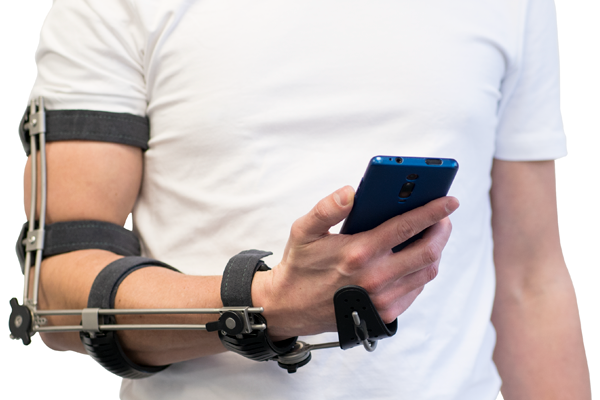
With the ATA you can orient and position your hand in such a way that different tasks suddenly become possible. This makes the ATA a revolutionary arm orthosis.
